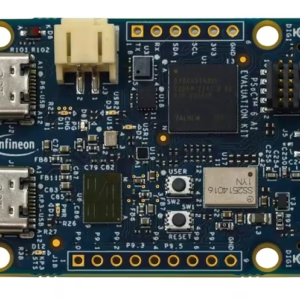Introduction
FASTags was founded in 2014 as a key project in the Golden Quadrilateral, which connects Ahmedabad and Mumbai. FASTag payments were accepted at 347 toll booths along national highways by 2016. The NHAI implemented a FASTag lane in all 370 toll plazas under its jurisdiction the following year, and the government made it mandatory on all new vehicles sold in India after December 2017. FASTag became mandatory on all National Highways on October 19, 2019.
FASTag must be installed in M and N groups of vehicles starting January 1, 2021, according to Ministry of Road, Transport and Highways. Double the toll fee to access highways will be levied upon any vehicle found without the tag.
According to government reports, outreach programs for states are in the works to ensure a more effective FASTag rollout on state highways.
What is FASTag and how does it work?
The National Highway Traffic Safety Administration (NHAI) runs FASTag, an electronic toll collection system. FASTag is affixed to the windscreen of vehicles and uses radio frequency identification (RFID) technology. They have no expiration date, and thus can be used for a lifetime, provided they are not illegible and can be read at toll booths. They have a validity of 5 years, after which, they must be recharged.
Vehicles equipped with FASTag do not need to halt at toll gates seeing as fees are withdrawn from the prepaid or bank account while the vehicle is in motion. This means that the toll collection will be performed electronically.
How do you get a FASTag?
FASTags are available from 22 certified banks and can be obtained through a variety of outlets, including National Highway toll plazas and select bank branches. They can also be found on e-commerce sites like Amazon and Flipkart.
The benefits of FASTag
FASTags have been seen in toll collection for many years, but before that, a dual collection model was used. On the toll plaza, one lane was set aside for both cash and tag payments. However, this was detrimental because it would result in long lines, major traffic delays, and increased fuel consumption. It will be easier to drive through toll plazas once FASTags are fitted in all cars, resulting in lower fuel emissions that are detrimental to the environment, since an automobile running at an optimal speed (approximately 40kmph), is significantly more efficient than an automobile at an idle speed, which is often the case at toll plazas due to the long lines. Lesser fuel emissions also implies some small savings on fuel, which are heartily welcome in times where fuel prices are sky high.
Here is a list of all the benefits one can glean from FASTag-
- There is no need to carry cash for toll fees, thus a convenient payment option
- Vehicle movement is almost non-stop, resulting in lower fuel costs.
- SMS notices are sent to the FASTag holder for toll transactions, low balance, and other notifications.
- Customers have access to an online portal.
- A 5-year validity period.
- Reduced air pollution and the use of less paper are both good for the environment.
- Benefits to society include less time spent paying tolls and analytics for improved highway maintenance.
- Economic benefits such as reduced effort in toll plaza management and reduced effort in central control are also advantageous.
Car Insurance
With 30% of four wheelers whizzing across the roads of India without a car insurance, the central government has been working hard to bring this number down. Driving a car without a FASTag and auto insurance will now be challenging. Both car owners who apply for insurance will be asked to include information about their FASTag. All four-wheelers, including old ones, will be expected to have a FASTag starting January 1, 2021, and these tags will help identify vehicles without car insurance.





